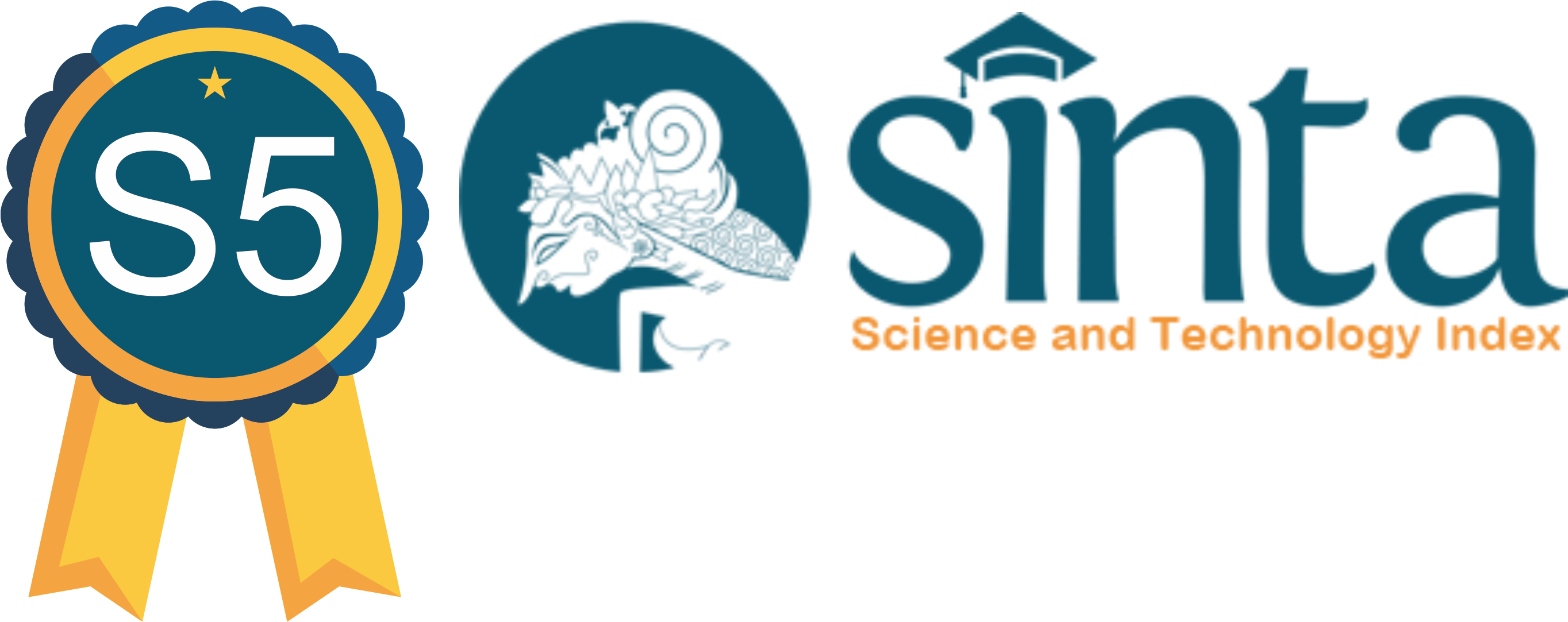The Effectiveness of Group Cohesiveness Training in Reducing Social Loafing
Abstract
Abstract: Group cohesiveness training is a series of processes to develop and improve work by attracting group members and being motivated to remain within the group. This study aims to determine whether group cohesiveness training is effective in reducing social loafing on a group of women’s empowerment family head (PEKKA). This study used an experimental method with a one-group pretest-posttest research design. The subjects of this study used a total population of 28 subjects and only 25 people attended the training until completion. Using 4 aspects namely self-esteem, problem-solving, task cohesiveness, and social cohesiveness. Measure training using Mulvey's Social Loafing Scale and Carron's Cohesion Scale. Data analysis using paired sample test. Based on the analysis of research data, social loafing variables scored 0.337, and group cohesiveness scored 0,000. This shows that group cohesiveness training is less effective in reducing social loafing but is effective in increasing group cohesiveness.
Abstrak: Pelatihan kohesivitas kelompok adalah serangkaian proses untuk mengembangkan serta meningkatkan kerja dengan menjadikan anggota kelompok saling tertarik dan termotivasi untuk tetap berada dalam kelompok tersebut. Penelitian ini bertujuan untuk mengetahui apakah pelatihan kohesvitas kelompok efektif untuk menurunkan social loafing pada kelompok Pemberdayaan Perempuan Kepala Keluarga (PEKKA). Penelitian ini menggunakan metode eksperimen dengan desain penelitian one-group pretest posttest. Subjek penelitian ini menggunakan keseluruhan jumlah populasi sebanyak 28 subjek dan hanya 25 orang yang mengikuti pelatihan hingga selesai. Menggunakan 4 aspek yakni harga diri, problem solving, kohesivitas tugas dan kohesivitas sosial. Pengukuran pelatihan menggunakan skala social loafing dari Mulvey dan skala kohesvitas dari Carron. Analisis data menggunakan paired sample test. Berdasarkan analisis data penelitian, variabel social loafing mendapat nilai 0,337 dan kohesivitas kelompok mendapat nilai 0,000. Ini menunjukkan bahwa pelatihan kohesvitas kelompok kurang efektif menurunkan social loafing tetapi efektif menaikkan kohesvitas kelompok.
Downloads
References
Baron, R. A., Nyla R. B. (2011). Social Psychology (13th Edition). Pearson Education
Carron, Albert,. & Brawley, Lawrence. (2000). Cohesion: Conceptual and Measurement Issues. Small Group Research, 31, 89-106.
Glass, J. S., & Benshoff, J. M. (2002). Facilitating group cohesion among adolescents through challenge course experiences. Journal of Experiential Education. 25(2), 268-277
Hasibuan & Moedjiono. (2012). Proses Belajar Mengajar. Bandung: PT. Remaja Rosdakarya
Hastjarjo, T. D. (2011). Kausalitas menurut tradisi Donald Campbell. Buletin Psikologi. 19(1)
Hergenhehn, B.R. & Matthew H. O. (2008). Theories of Learning (Edisi Ketujuh). Jakarta: PT. Fajar Interpratama Mandiri
Krisnasari, E. S. D., & Purnomo, J. T. (2017). Hubungan Kohesivitas Dengan Kemalasan Sosial Pada Mahasiwa. Jurnal Psikologi UIN Sultan Syarif Kasim, 13(1), 13-21
Lally, P., Van Jaarsveld, C. H., Potts, H. W., & Wardle, J. (2010). How are habits formed: Modelling habit formation in the real world. European journal of social psychology, 40(6), 998-1009
Lam, C. (2015). The role of communication and cohesion in reducing social loafing in group projects. Business and Professional Communication Quarterly, 78(4), 454-475
Munthe, A. P. (2015). Pentingnya evaluasi program di institusi pendidikan: sebuah pengantar, pengertian, tujuan dan manfaat. Scholaria: Jurnal Pendidikan Dan Kebudayaan, 5(2), 1-14
Prihadi, S. F. (2004). Assessment centre. Jakarta: Gramedia Pustaka Utama
Sarwono, S., & Eko A. M. (2018). Psikologi sosial edisi 2. Jakarta: Salemba Humanika
Seniati, L., Yulianto, A., & Setiadi, B., N. (2017). Psikologi eksperimen. Jakarta: PT Indeks
Setianingtyas, A. F., Darokah. M. (2013). Pengaruh pelatihan team building untuk meningkatkan kohesvitas tim kerja di Inna Garuda Yogyakarta. Empathy: Jurnal Fakultas Psikokologi, 3(1), 1-30
Silberman, M., & Auerbach, C. (2006). Active training: A handbook of techniques, designs, case examples and tips. San Fransisco: Pfeiffer
Taylor, S. E., Letitia, A. P., & David, O. S. (2009). Psikologi Sosial: Edisi Kesembilan. Jakarta: Kencana
Tokan, F. B. (2019, Agustus). Memahami peran dan sejarah Gemohing dalam pembangunan masyarakat. Eposdigi.com. Retrieved from: http://www.eposdigi.com/2019/08/03/kearifan-lokal/memahami-peran-dan-sejarah-gemohing-dalam-pembangunan-masyarakat/ accessed on 30 August 2019
Umanailo, M. C. B. (2016). Ilmu Sosial dan Budaya Dasar. Indonesia: FAM Publishing
Copyright (c) 2021 Rosalia Katarina Lamanepa, M. K. P. Abdi Keraf, R. Pasifikus Christa Wijaya

This work is licensed under a Creative Commons Attribution-ShareAlike 4.0 International License.
Journal of Health and Behavioral Science (JHBS) is licensed under a Creative Commons Attribution-ShareAlike 4.0 International License. You are free to copy, transform, or redistribute articles for any lawful purpose in any medium, provided you give appropriate credit to the original author(s) and JHBS, link to the license, indicate if changes were made, and redistribute any derivative work under the same license. Copyright on articles is held by the authors. By submitting to JHBS, authors grant any third party the right to use their article to the extent provided by the Creative Commons Attribution-ShareAlike 4.0 International License.

 Rosalia Katarina Lamanepa(1*)
Rosalia Katarina Lamanepa(1*)








